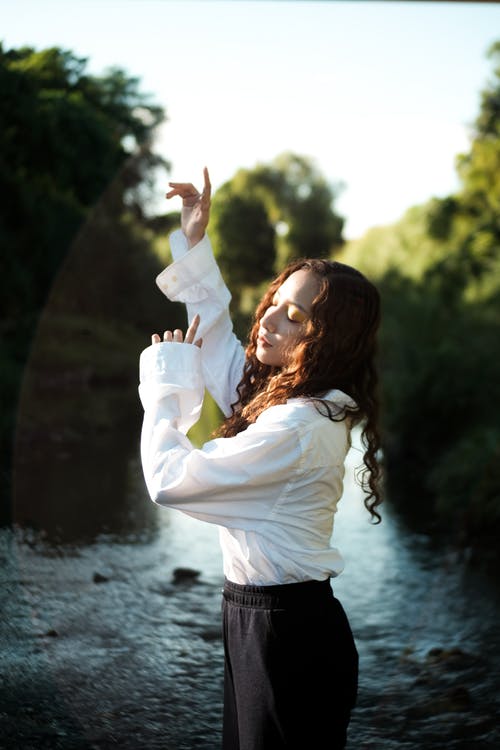The movement in our life
- ExpatTherapyBarcelona

- Nov 6, 2019
- 3 min read
When I think about movement, I immediately think of the way the tree limbs move in the wind, the way the ocean waves punctually maintain the rhythm of the sea and the way rivers carve their way through the earth. I think of big tectonic plates crashing upon each other so long ago, creating whole ranges, uniting and dividing seemingly unmovable continents.
Smaller scales come to mind as well, the blossoming of shoots after the winter’s sleep, the fuzzy outline hummingbirds wings cast while in mid flight, the slow and arduous crawl of a snail and the quick erratic pace of mice. Movement it seems, is everywhere. Can I say that movement is intricately tied to life? I feel I can. If you think about it, a mere 12 hours after conception the zygote begins to move, divide and expand with the promise of life. Movement marks the beginning of life.
My children were born at home, with a midwife, a couple of close friends and my then partner who trusted my ability to do this, albeit at times with some trepidation. Both times after their tiny heads and bodies were clearly out into the air filled room, all present eagerly waited to hear their breath filled cries announcing the movement of their lungs and the beginning of their life outside the womb. We all recognized that the breath, our first outward movement, as pivotal and intrinsic to defining a viable life.
Movement lies deeply in our cells, our organs, our glands and the synoptic material of our brains. Our bodies particular rhythms are punctuated by the beating of our hearts and our breath creates the rising and falling in our chest regardless of our awareness of it or not. Blood pulses in our veins with a rhythm uniquely ours and fluids are pumped and drained from and to fulfilling their mission within our bodies. So much of this inner movement is involuntary and ‘instinctual’ in achieving the codes for survival. In a way, movement... moves us.
This inner world of movement is mirrored in the way we interact with the world around us, how we function and move about the world. Ancient humans walked across continents using their legs and feet and sometimes the feet and strength of other animals. We’ve moved boulders, build shelters, gathered food using only the movement that our body’s tension and traction creates. Movement has and continues to ensure our survival as a species on this planet.
When we look at our life, the choices, events and markers that have impacted us, we may see a series of steps each leading towards the other, even if it seemed to be moving in opposite directions at times. I imagine that if we created a slow paced film of our life’s movement across the globe, documented the divergent lifestyles lived, the knowledge gained, abandoned and regained, the disparate contexts and worlds that we have moved through, it would most likely appear seamless and uninterrupted despite it’s superficial rugged facade.
Seeing movement as one continuous spectrum allows a perspective of cohesiveness and expose the coherent nature of the movement of a life. Movement is the inherent nature of our social world, not only as we favor one direction over another, but also in our reactions, projections and expectations of the meanings we assign. Movement is intrinsic to our relationships with others, with ourselves and with the world. It is an ongoing story that, despite the fears that tug at staying fixed, at playing safe, pushes forward and carves its way to trusting the spontaneous and creative burst that is this moment. Movement is prevalent in our thoughts and emotions, as it creates bridges to the past, present and future and connect the inner to the outer.
Our bodies have always offered the opportunity to connect with movement, to trust, to release, to gather and constrain. It is the perfect student and the most willing teacher of movement in our life. Despite society’s fabricated constructs and the ample constraints and limitations inherent in our stories (that work tirelessly to choreograph and limit the movement in our life), we are in a constant state of flux, of movement, innovation and reinvention of ourselves.
So, today you may want to notice the movement in your life. The way you opened up to something and the way you kept yourself closed. The subtle and not so subtle ways your breath changes the movement of your body and the way this movement shapes the patterns of your life. You may also notice the profound movements of your body reacting to your thoughts, your emotions and to the world around you, the insight and wisdom there. I invite you to keep listening and enjoying the continuing opportunity for change, exploration and movement in your life.







Comments